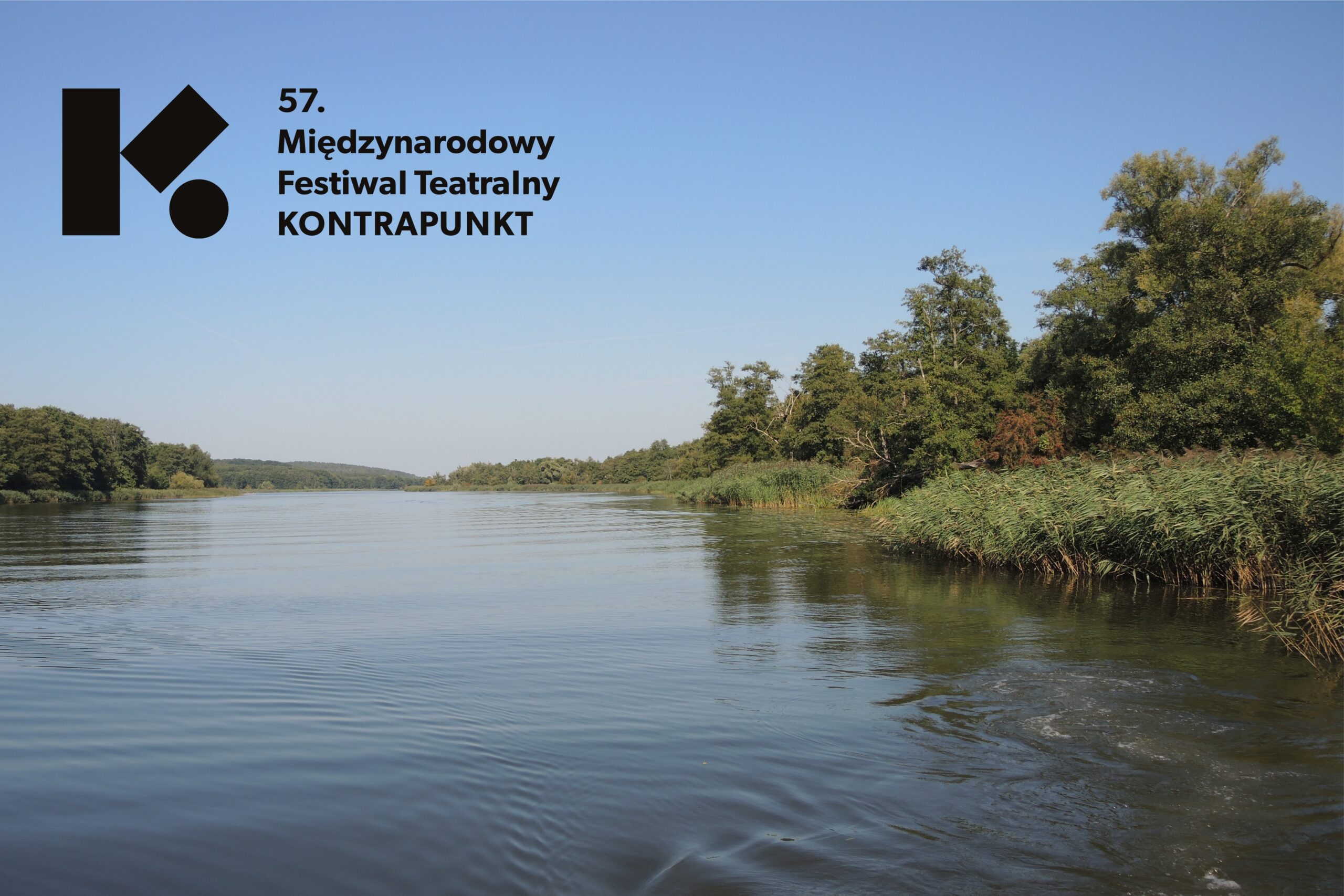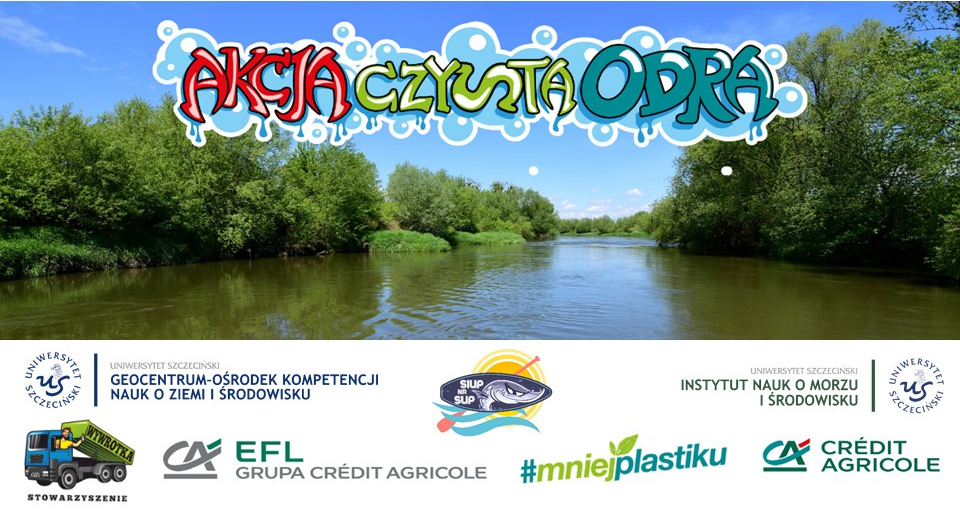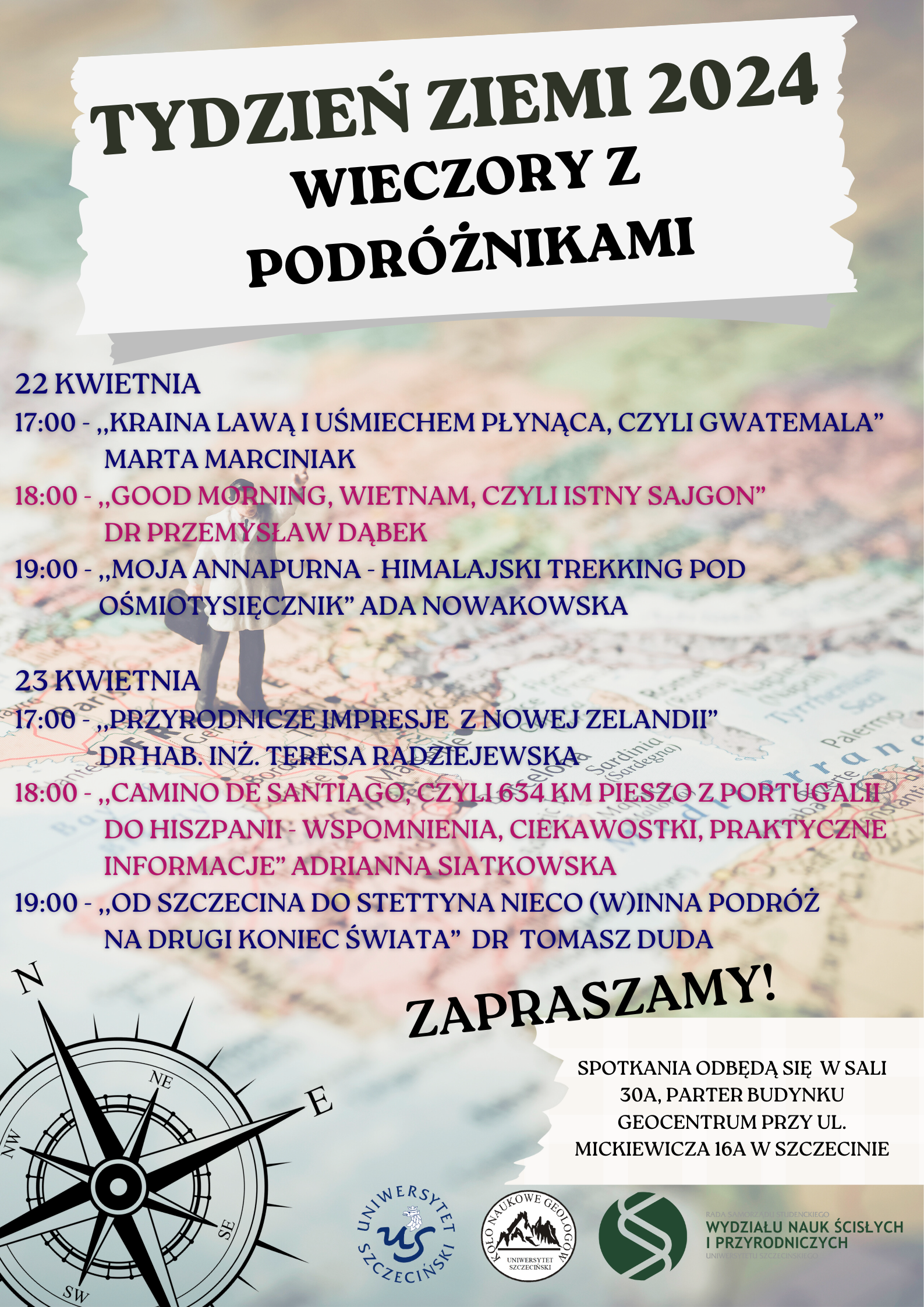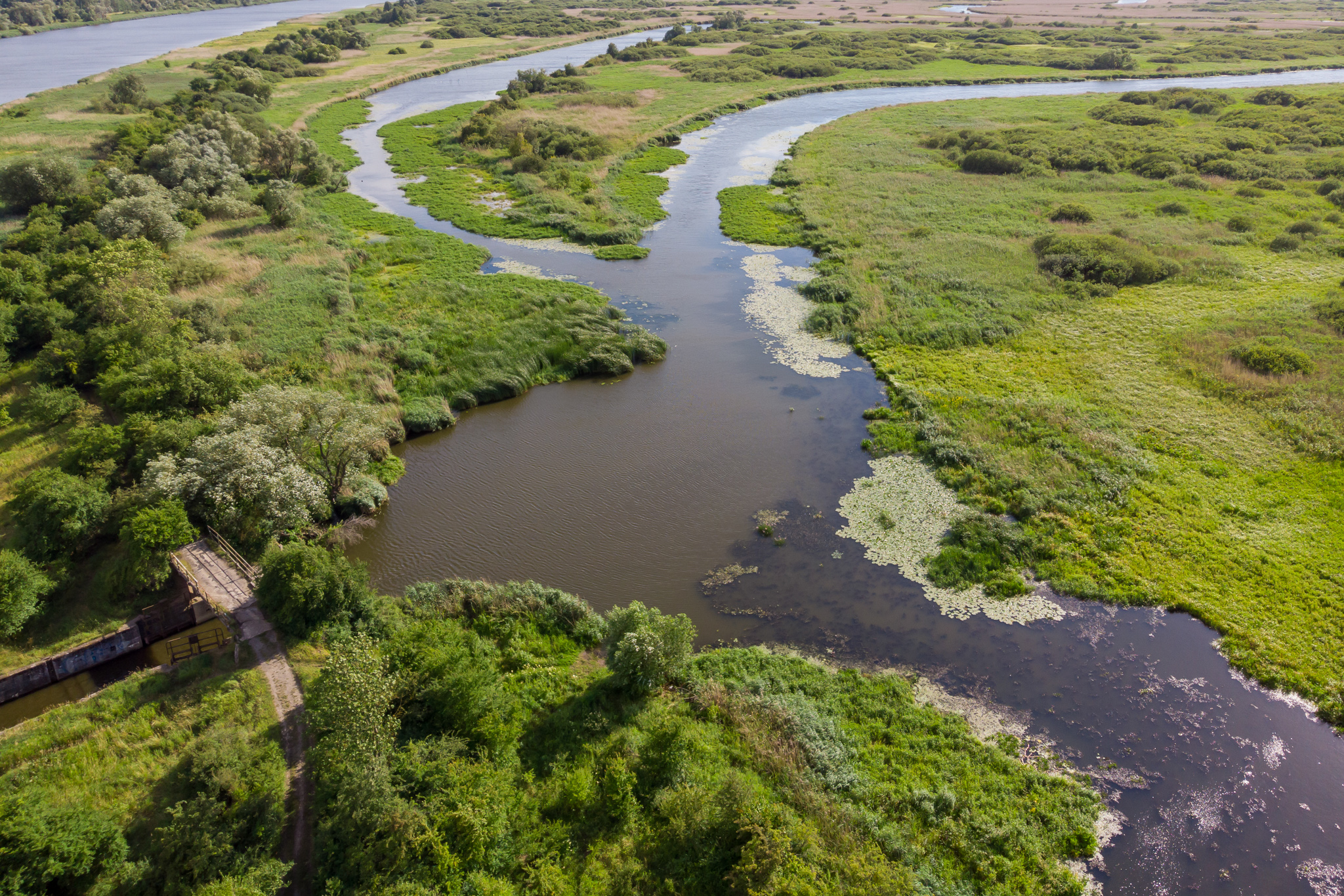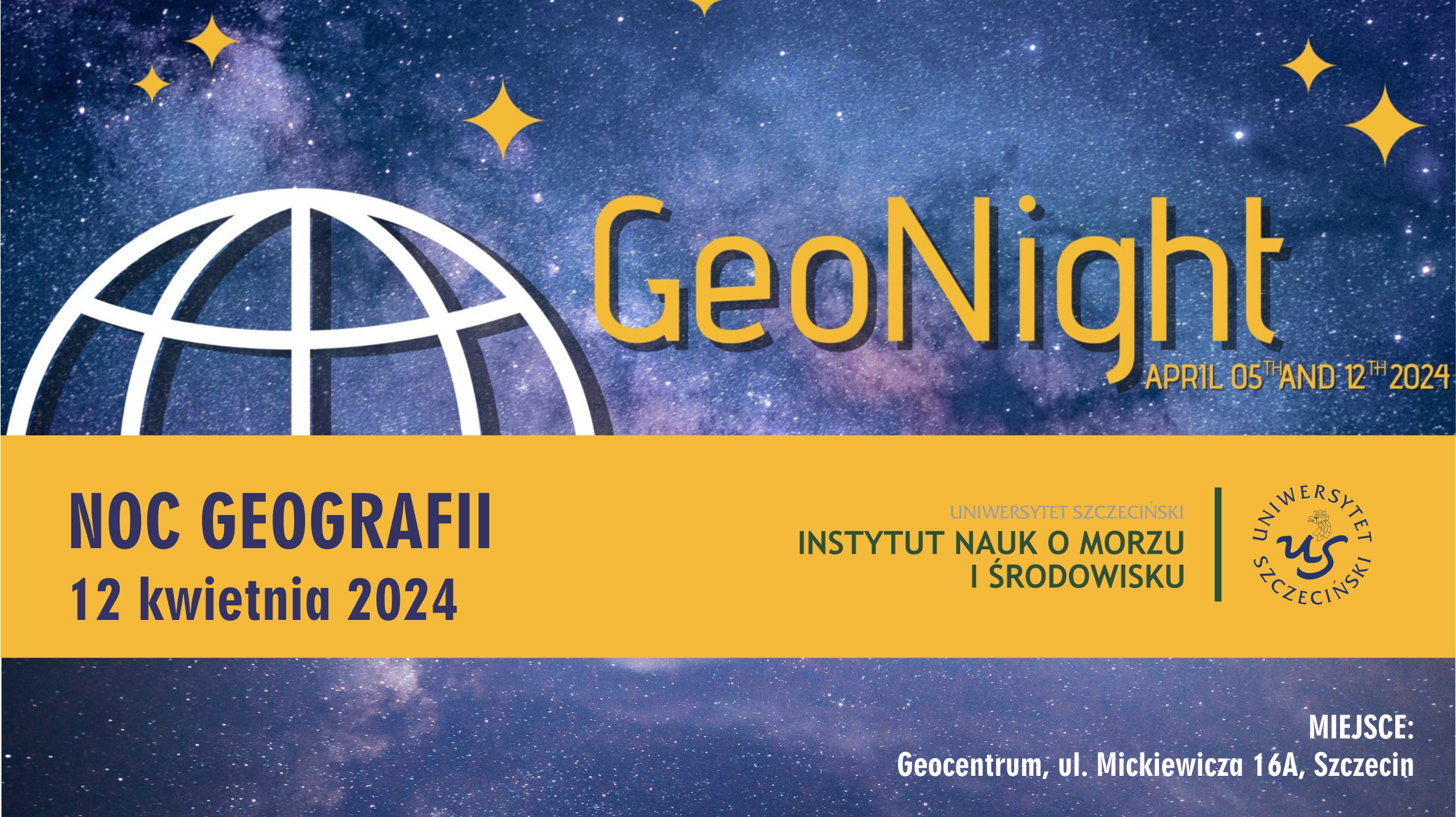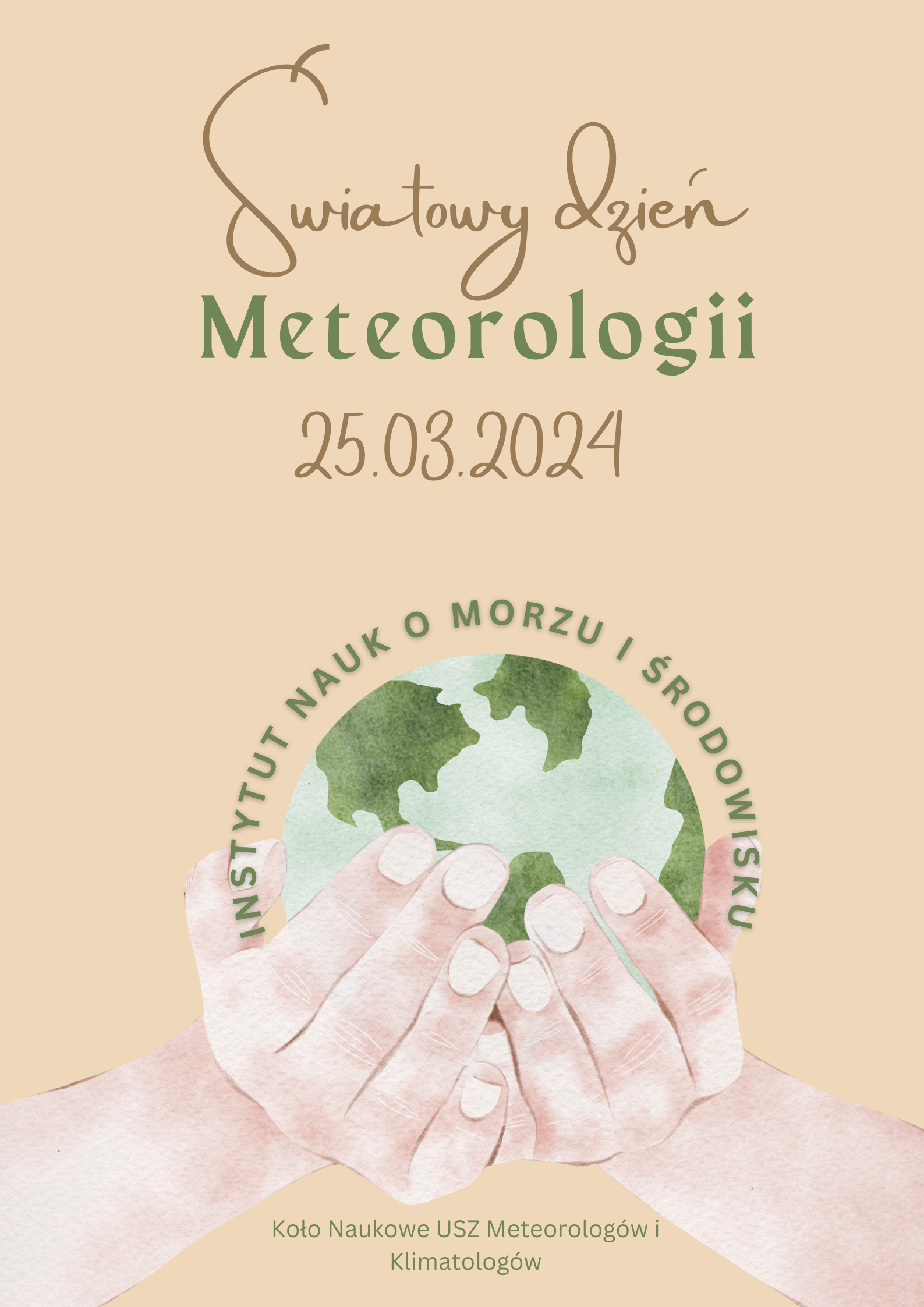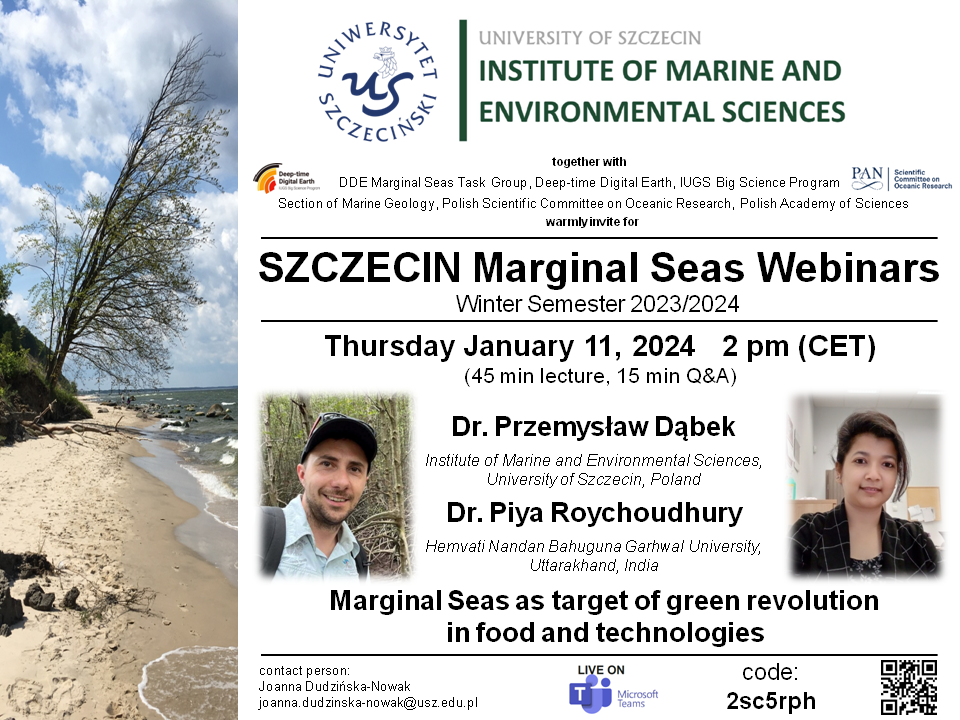
Instytut Nauk o Morzu i Środowisku oraz Sekcja Geologii Morza Komitetu Badań Morza Polskiej Akademii Nauk i DDE Marginal Seas Task Group, serdecznie zapraszają społeczność akademicką na kolejne seminarium naukowe organizowane w ramach cyklu Szczecin Marginal Seas Webinars, już w najbliższy czwartek 11 stycznia 2024 r. w formie online za pośrednictwem platformy MS Teams.
“Marginal seas have emerged as focal points for harnessing the potential of microalgae in sustainable food production and technological advancements. Microalgae, including cyanobacteria, diatoms, and green algae, are abundant in these ecosystems, possessing unique biochemical compositions rich in proteins, lipids, and carbohydrates. They offer promising solutions for global food security and innovative technological applications. Microalgal cultivation and optimization resulted in increased yields and a diverse range of valuable compounds extracted. Bioproducts derived from microalgae, such as pigments, lipids, vitamins and others, reduce dependence on finite resources and minimize ecological footprints. In this presentation, we will showcase examples of marine microalgal-based bioproducts, e.g., an innovative and promising blue pigment called marennine produced by diatom group Haslea or “fatty” diatoms rich in lipids and omega acids, all sourced from the coastal areas.
Exploiting the untapped potential of microalgae not only addresses food shortages but also mitigates environmental degradation through carbon sequestration, wastewater treatment, and innovative therapeutic applications in medicine. Sunderbans, India-delta formed by the confluence of Ganges, Brahmaputra and Meghna Rivers in the Bay of Bengal has been identified as a place with variety of algal and cyanobacterial species. Some of them have been exploited as bioreagents for biogenic production of gold (GNP) and silver (SNP) nanoparticles. The biosynthesized SNP showed appreciable antibacterial and algicidal activities as well as anti-proliferative effect on some leukemic cells. However biosynthesized GNP did not show any significant antibacterial, algicidal and antiproliferative activity and thus considered as biosafe particle. Biosynthesized GNP showed DNA binding affinity without any surface modification. Therefore, it can be said that Sunderbans is a reservoir of various algae and cyanobacteria which can be utilized as biocompatible reagents in green nanotechnology”.






